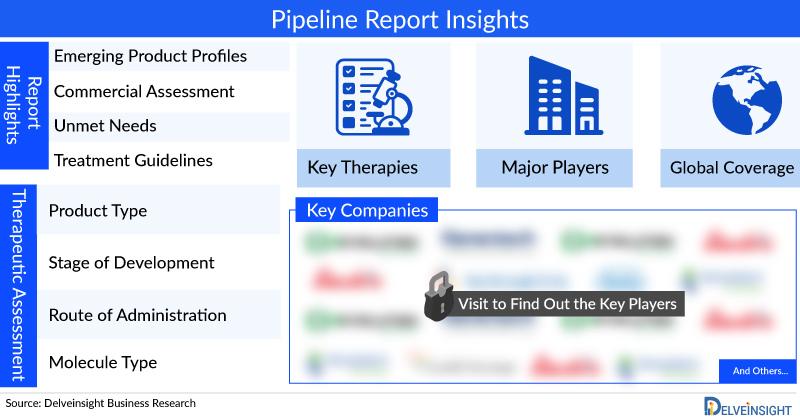Press release
Hyperkalemia Clinical Pipeline | Eli Lilly, Novo Nordisk, Sanofi, Ardelyx, and Others Driving the Next Generation of Treatment Innovations
The hyperkalemia market is rapidly advancing and fueled by groundbreaking research and innovative therapies from companies such as Eli Lilly, Novo Nordisk, Sanofi, and Ardelyx. These industry pioneers are transforming treatment strategies and redefining the future of Hyperkalemia care, bringing new hope to patients worldwide.DelveInsight's "Hyperkalemia Pipeline Insight, 2025" comprehensively analyzes the current clinical landscape and growth prospects in the Hyperkalemia market. The report covers disease insights, treatment guidelines, and a detailed pipeline assessment from preclinical to marketed stages. It includes drug mechanisms, clinical studies, regulatory progress, and key developments such as collaborations, mergers, funding, and designations.
For emerging Hyperkalemia drugs, the Hyperkalemia pipeline analysis report provides a 360° view of the therapeutics landscape by development point, product type, route of administration, molecule type, and MOA. The pipeline research covers business opportunities, challenges, future partnerships, strong competitors, and growth strategies.
Key Takeaways from the Hyperkalemia Pipeline Report
• DelveInsight's Hyperkalemia Pipeline analysis depicts a robust space with 75+ active players working to develop 75+ pipeline drugs for Hyperkalemia treatment.
• The leading Hyperkalemia companies include Eli Lilly and Company, Novo Nordisk, Sanofi, Ardelyx, Zeria Pharmaceutical, AstraZeneca, Vifor Pharma, Ardelyx, and others are evaluating their lead assets to improve the Hyperkalemia treatment landscape.
• Key Hyperkalemia pipeline therapies in various stages of development include RDX013, WS016, Sodium zirconium cyclosilicate, Patiromer Powder, and others.
• In January 2025, AccurKardia received FDA Breakthrough Device Designation for its AI-powered AK+ Guard hyperkalemia detection solution. The software uses Lead I ECG data to alert patients and clinicians to moderate to severe hyperkalemia episodes, which can lead to sudden cardiac arrest.
Request a sample and discover the recent breakthroughs happening in the Hyperkalemia pipeline landscape @ https://www.delveinsight.com/report-store/hyperkalemia-pipeline-insight?utm_source=openpr&utm_medium=pressrelease&utm_campaign=jpr
Hyperkalemia Overview
Hyperkalemia, marked by elevated blood potassium levels, poses a serious health risk due to its potential to trigger life-threatening cardiac arrhythmias and other complications. While mild cases may be asymptomatic, severe or sudden increases in potassium can lead to noticeable symptoms. Key risk factors include renal impairment, such as acute kidney injury and advanced chronic kidney disease, as well as disruptions in potassium excretion. Beyond its cardiac impact, hyperkalemia is associated with higher mortality rates and can influence treatment decisions, contributing to renal and neurological complications in chronic kidney disease patients. Careful monitoring and effective management are crucial to reducing these risks.
Find out more about Hyperkalemia medication @ https://www.delveinsight.com/report-store/hyperkalemia-pipeline-insight?utm_source=openpr&utm_medium=pressrelease&utm_campaign=jpr
Hyperkalemia Treatment Analysis: Drug Profile
RDX013: Ardelyx
RDX013 is an innovative small-molecule therapy designed for the treatment of hyperkalemia. It works by promoting potassium secretion through the gut lumen, effectively lowering serum potassium levels. This approach could provide nephrologists and cardiologists with a long-term treatment option, allowing them to manage hyperkalemia without adjusting medication dosages. RDX013 offers a convenient, small-pill formulation for ease of use.
The dynamics of the hyperkalemia market are evolving, driven by rising global healthcare investments. Key players such as Cognition Therapeutics, Athira Pharma, Eisai Inc., Eli Lilly and Company, EIP Pharma Inc., and others are actively advancing hyperkalemia treatment options.
WS016, developed by Waterstone Pharmaceuticals (Wuhan) Co., Ltd., is a novel potassium-binding agent currently being evaluated for the treatment of hyperkalemia. It is a highly selective, non-absorbed cation-exchange polymer designed to lower serum potassium levels without causing edema or hypomagnesemia. The drug is undergoing clinical trials to assess its safety and efficacy in managing hyperkalemia, particularly in patients with chronic kidney disease who are at risk of elevated potassium levels due to their treatment regimens.
WS016: Waterstone Pharmaceutical (Wuhan) Co., LTD.
The ongoing Phase 2 clinical trial aims to evaluate the efficacy of different doses of WS016 (3g, 6g, and 12g) administered orally three times daily for 48 hours during the acute treatment phase, followed by a maintenance phase where participants will receive once-daily doses for 12 days. The study includes approximately 140 participants and compares WS016 against a placebo to determine its effectiveness in maintaining normokalemia after initial treatment. Preliminary results from these trials will provide critical insights into WS016's potential as a therapeutic option for patients struggling with hyperkalemia, enhancing their ability to safely continue necessary treatments like RAAS inhibitors.
Key Hyperkalemia Therapies and Companies
• RDX013: Ardelyx
• WS016: Waterstone Pharmaceutical (Wuhan) Co., LTD.
• Sodium zirconium cyclosilicate: AstraZeneca
• Patiromer Powder: Vifor Fresenius Medical Care Renal Pharma
Learn more about the novel and emerging Hyperkalemia pipeline therapies @ https://www.delveinsight.com/report-store/hyperkalemia-pipeline-insight?utm_source=openpr&utm_medium=pressrelease&utm_campaign=jpr
Scope of the Hyperkalemia Pipeline Report
• Coverage: Global
• Key Hyperkalemia Companies: Eli Lilly and Company, Novo Nordisk, Sanofi, Ardelyx, Zeria Pharmaceutical, AstraZeneca, Vifor Pharma, Ardelyx, and others.
• Key Hyperkalemia Pipeline Therapies: RDX013, WS016, Sodium zirconium cyclosilicate, Patiromer Powder, and others.
Dive deep into rich insights for drugs used for Hyperkalemia treatment; visit @ https://www.delveinsight.com/report-store/hyperkalemia-pipeline-insight?utm_source=openpr&utm_medium=pressrelease&utm_campaign=jpr
Table of Contents
1. Introduction
2. Executive Summary
3. Hyperkalemia Pipeline: Overview
4. Analytical Perspective In-depth Commercial Assessment
5. Hyperkalemia Pipeline Therapeutics
6. Hyperkalemia Pipeline: Late-Stage Products (Phase III)
7. Hyperkalemia Pipeline: Late-Stage Products (Phase III)
8. Hyperkalemia Pipeline: Mid-Stage Products (Phase II)
9. Hyperkalemia Pipeline: Early Stage Products (Phase I)
10. Therapeutic Assessment
11. Inactive Products
12. Company-University Collaborations (Licensing/Partnering) Analysis
13. Key Companies
14. Key Products
15. Unmet Needs
16. Market Drivers and Barriers
17. Future Perspectives and Conclusion
18. Analyst Views
19. Appendix
Contact Us:
Jatin Vimal
jvimal@delveinsight.com
+14699457679
Healthcare Consulting
https://www.delveinsight.com/consulting-services
About DelveInsight
DelveInsight is a leading Business Consultant and Market Research firm focused exclusively on life sciences. It supports Pharma companies by providing comprehensive end-to-end solutions to improve their performance. Get hassle-free access to all the healthcare and pharma market research reports through our subscription-based platform PharmDelve.
This release was published on openPR.
Permanent link to this press release:
Copy
Please set a link in the press area of your homepage to this press release on openPR. openPR disclaims liability for any content contained in this release.
You can edit or delete your press release Hyperkalemia Clinical Pipeline | Eli Lilly, Novo Nordisk, Sanofi, Ardelyx, and Others Driving the Next Generation of Treatment Innovations here
News-ID: 3933680 • Views: …
More Releases from DelveInsight
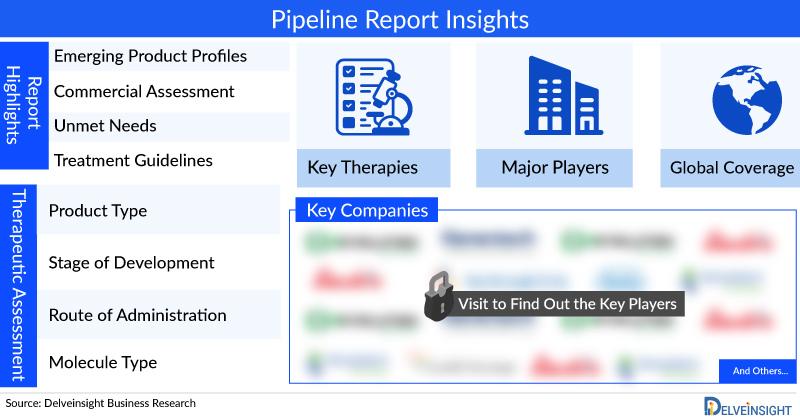
Lewy Body Disease Clinical Trials Analysis 2025: α-synuclein Immunotherapies, N …
DelveInsight's "Lewy Body Disease - Clinical Trials Analysis, 2025" highlights a rapidly evolving trial landscape targeting the underlying biology and complex symptomatology of dementia with Lewy bodies (DLB) and related α-synucleinopathies. Given the condition's dual burden of cognitive decline and parkinsonism, trials increasingly integrate biomarker-driven patient selection with multidomain endpoints spanning cognition, daily function, neuropsychiatric symptoms, and quality of life.
Late-stage and registration-enabling programs include α-synuclein immunotherapies and clearance enhancers (e.g.,…
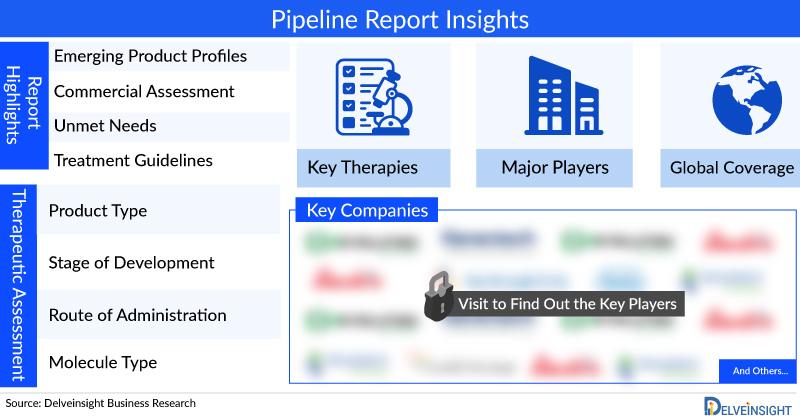
Chronic Pulmonary Infections Clinical Trials Analysis 2025: Inhaled Antimicrobia …
DelveInsight's "Chronic Pulmonary Infections - Clinical Trials Analysis, 2025" outlines an active and heterogeneous development landscape addressing long-standing airway infections (non-CF bronchiectasis, chronic Pseudomonas infection, and pulmonary nontuberculous mycobacteria [NTM]). Trials prioritize durable microbiological suppression, exacerbation reduction, and functional outcomes (lung function, exacerbation rate, quality of life) because persistent infection drives progressive decline and healthcare use.
Late-stage and registration-enabling programs focus on inhaled and targeted antimicrobials (liposomal amikacin/ALIS and novel inhaled…
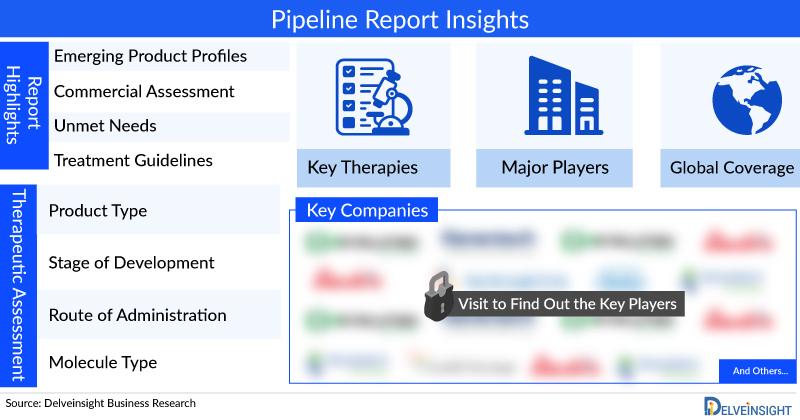
Chronic Pulmonary Infections Clinical Trials Analysis 2025: Inhaled Antimicrobia …
DelveInsight's "Chronic Pulmonary Infections - Clinical Trials Analysis, 2025" outlines an active and heterogeneous development landscape addressing long-standing airway infections (non-CF bronchiectasis, chronic Pseudomonas infection, and pulmonary nontuberculous mycobacteria [NTM]). Trials prioritize durable microbiological suppression, exacerbation reduction, and functional outcomes (lung function, exacerbation rate, quality of life) because persistent infection drives progressive decline and healthcare use.
Late-stage and registration-enabling programs focus on inhaled and targeted antimicrobials (liposomal amikacin/ALIS and novel inhaled…
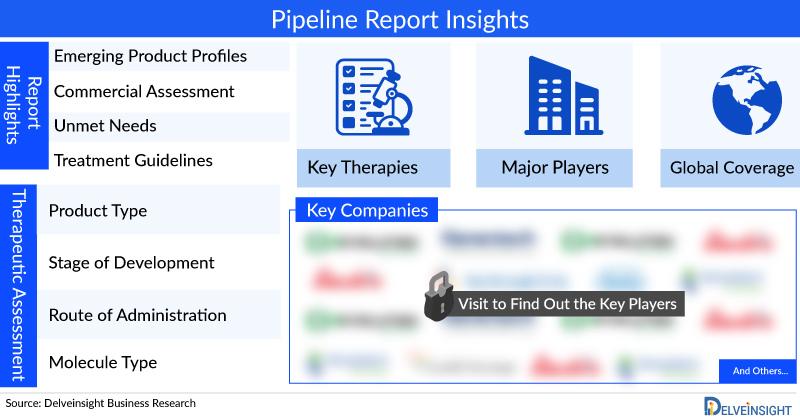
ATTR Amyloidosis Clinical Trials Analysis 2025: RNA-silencing, TTR Stabilizers, …
DelveInsight's "ATTR Amyloidosis - Clinical Trials Analysis, 2025" describes a crowded, fast-moving development landscape focused on two complementary goals: (1) suppress hepatic TTR production or stabilize circulating TTR to stop further amyloid deposition, and (2) reverse organ dysfunction (cardiac and neuropathic) and improve survival, functional capacity, and quality of life. Ongoing programs span TTR stabilizers, RNA-silencing/ASO agents for transthyretin reduction, repeat-dose oligonucleotides, and emerging in-vivo gene-editing candidates that could offer…
More Releases for Hyperkalemia
Hyperkalemia Japan Market to Reach USD 1.37 Billion by 2034
Hyperkalemia-a condition characterized by elevated potassium levels in the blood-represents a critical challenge in Japan's healthcare landscape. With the nation's rapidly aging population and rising incidence of chronic kidney disease (CKD), heart failure, and diabetes, effective management of hyperkalemia is becoming increasingly vital. Left untreated, hyperkalemia can lead to life-threatening cardiac arrhythmias, making timely diagnosis and treatment essential.
Download Full PDF Sample Copy of Market Report @ https://exactitudeconsultancy.com/request-sample/71975
According to Exactitude Consultancy,…
Global Hyperkalemia Treatment Market Research Report 2023
Hyperkalemia Treatment Market Size
The global Hyperkalemia Treatment market was valued at US$ 540 million in 2022 and is anticipated to reach US$ 2068.8 million by 2029, witnessing a CAGR of 20.9% during the forecast period 2023-2029.
Hyperkalemia Treatment Market
Hyperkalemia is a diseases in which levels of potassium are higher than normal level (3.5 and 5.0 mmol/L) in blood serum. Kidneys are responsible for managing potassium balance in the body by regulating…
Hyperkalemia Market to Reach US$ 2,320.5 Million by 2033 | IMARC Group
The newly published report by IMARC Group, titled "Hyperkalemia Market: Epidemiology, Industry Trends, Share, Size, Growth, Opportunity, and Forecast 2023-2033″, presents a comprehensive analysis of the hyperkalemia market. The report provides an overview of the market trends, growth prospects, investment opportunities, and industry prospects, as well as an analysis of the disease overview, market scenario, and growth trends. In addition, the report offers competitor analysis, regional analysis, and recent advancements…
Hyperkalemia Treatment Market Size, Share, Industry, Forecast to 2030
The Hyperkalemia Treatment Market 2023 Report makes available the current and forthcoming technical and financial details of the industry. It is one of the most comprehensive and important additions to the Prudent Markets archive of market research studies. It offers detailed research and analysis of key aspects of the global Hyperkalemia Treatment market. This report explores all the key factors affecting the growth of the global Hyperkalemia Treatment market, including…
Hyperkalemia Treatment Market 2022-2028 Global Industry Development Trends and A …
The latest Hyperkalemia Treatment Market study offers an all-inclusive analysis of the major strategies, corporate models, and market shares of the most noticeable players in this market. The study offers a thoroughanalysis of the key persuading factors, market figures in terms of revenues, segmental data, regional data, and country-wise data. This study can be described as most wide-ranging documentation that comprises all the aspects of the evolving Hyperkalemia Treatment Market.
Kidneys…
Global Hyperkalemia Supplement Market, Size, Share, Analysis Report & Forecast t …
The global hyperkalemia treatment market is anticipated to grow at a significant CAGR during the forecast period. The major factor for the growth of the market is the increasing chronic diseases such as acute hyperkalemia and chronic hyperkalemia due to other ailments such as diabetes, consumption of high potassium diets, and many other things. As per the National Kidney Foundation, more than 37 million people in the United States have…
